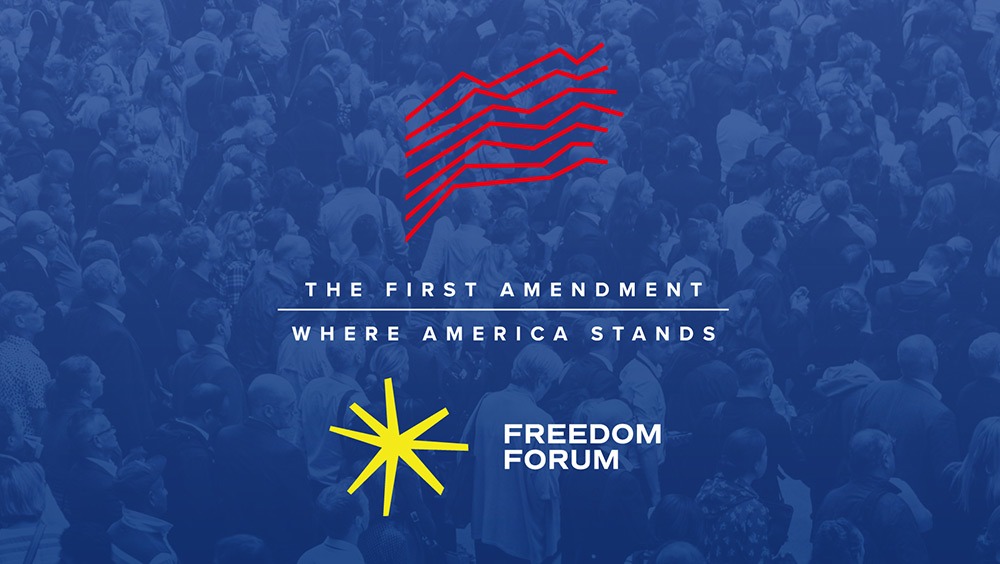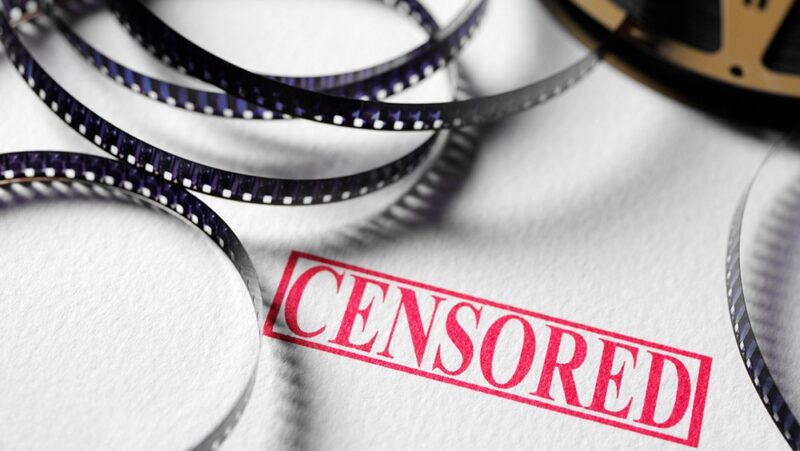Survey: Where America Stands on the First Amendment in 2023

How we view – and how much some of us support – the First Amendment is changing, and all of us ought to be concerned.
The change is not in the actual 45 words: Those remain the same, protecting our freedoms of religion, speech, press, assembly and petition.
And the Freedom Forum’s 2023 “Where America Stands” survey about the First Amendment shows that 93% of us continue to say it is either “vital” or “extremely vital.”
What is changing is how we use and value those five core elements of democracy. The survey provides further evidence that, particularly among younger citizens, belief in and reliance on the First Amendment is in decline.
While 74% of baby boomers believe the First Amendment is extremely vital, only 45% of Generation Z (born between 1997 and 2012) hold that view. Compared to 78% of baby boomers, only 45% of Gen Z say college campuses should foster a free exchange of ideas. The sample size of the Gen Z group was small, making this data illuminating if not conclusive.
Fear, divisive politics and an increasingly combative public sphere seem to be chipping away at support for the five freedoms.
The survey found that 5% of Americans favor banning public comments at government meetings given frequent confrontations at such events, and 10% are open to banning or escorting out certain speakers – perhaps driven by the news accounts of confrontations and violence at city government and school meetings.
And, in considering the overall value of First Amendment freedoms, the percentage of those who say the First Amendment “goes too far” in the rights it guarantees more than doubled from the 2022 survey: from 3% to 7%.
What’s reducing support for First Amendment freedoms that have been in place since 1791? Freedom Forum surveys since 1997 seem to show it’s a combination of fear, divisive politics, societal change, misunderstanding and – in recent years – a twist on how those freedoms are used.
More than 20% percent now see a free press – considered by the nation’s founders as a bulwark against government overreach and corruption – as “a threat to liberty,” most often citing political bias or corporate self-interest. Beyond modern-day political posturing that repeatedly paints journalists as untrustworthy or even “enemies of the people,” there are simply fewer news outlets and journalists around to do the historically good work that would refute negative views.
Since the mid-1990s, when the internet captured much of the advertising and circulation revenue that funded newsgathering, the number of newsroom staff has plunged from more than 60,000 to nearly 20,000. Entire areas of the nation are “news deserts” that lack even one newspaper, radio or local TV station.
In place of news, we get a mishmash of content from cable TV and web sources, sparking legislative attempts to block or censor speech across a virtual landscape in which more people can talk to each other than at any time in human history.
Perhaps most dramatically, First Amendment freedoms have morphed from setting out protections for all into a tool to create exceptions to laws generally accepted by society. For example, the survey found that 63% believe bakers or website designers should “be able to refuse to create a message that celebrates an occasion, cause, or event that violates their religious beliefs” – even if that means exemption from widely-accepted laws that prevent discrimination. And the Supreme Court recently agreed.
Even the “traditional marketplace of ideas” concept that undergirds freedom of speech faces challenges. Some state governments would restrict what doctors and teachers may say to patients or students. Proposed laws would gut the freedoms of assembly and petition by criminalizing some actions by those who would take to the streets in protest, a long-held American tactic when we feel the government isn’t listening to us.
Not all changes found in this year’s survey are necessarily grim. Respondents overwhelmingly want parents or those closest to the classroom to decide what’s taught or available in schools. State and federal officials rank much lower on the decision tree.
And more than two-thirds of us say anyone, regardless of message, should be able to speak freely at public meetings. Officials who set unreasonable limits or conditions on such speakers should know they are swimming against a strong majority.
So how do we get public support for First Amendment freedoms back on track?
Clearly, education is key:
- Just 24% know we don’t have free speech rights in most private workplaces.
- Just 62% know that books have First Amendment protection.
- 59% falsely believe public school students can be forced to recite the Pledge of Allegiance.
Ignorance is not bliss in First Amendment terms. It’s a warning that our freedoms can be chipped away by intent, misinformation or disinterest. That’s even easier when we don’t know much about them.
Gene Policinski is a senior fellow for the First Amendment at the Freedom Forum. He can be reached at [email protected].
Banned Movies: 20+ Films That Were Censored or Restricted
17 Freedom of Speech Court Cases You Should Know
Related Content

